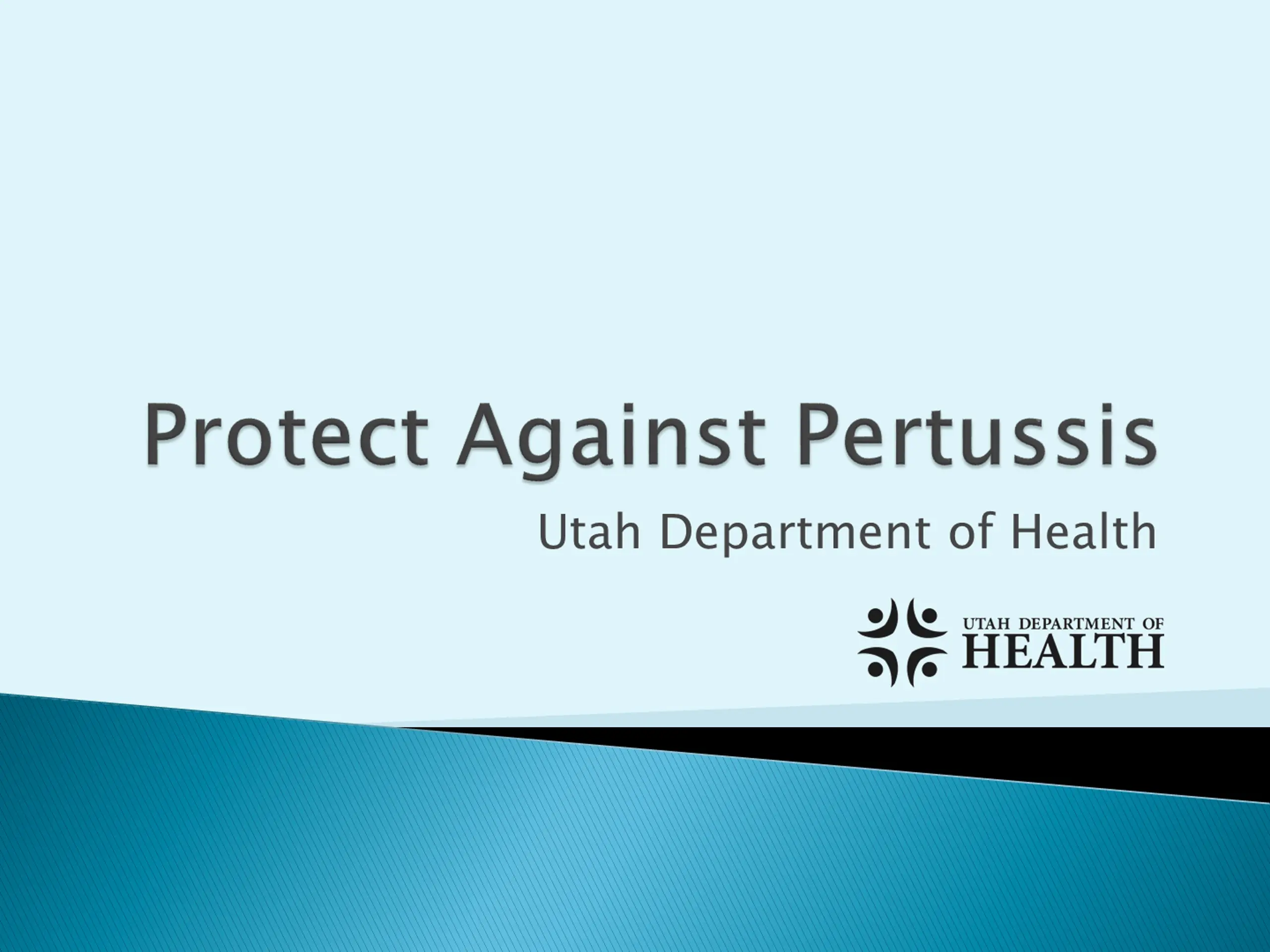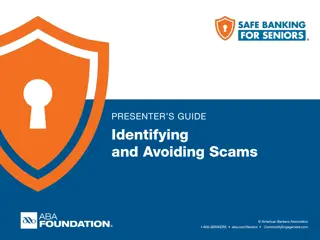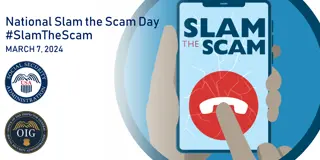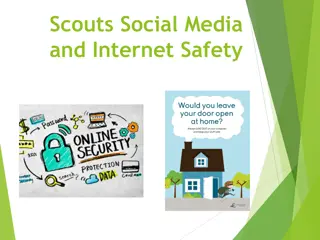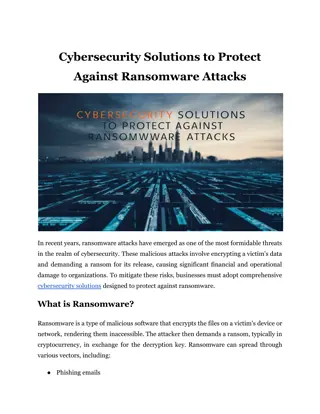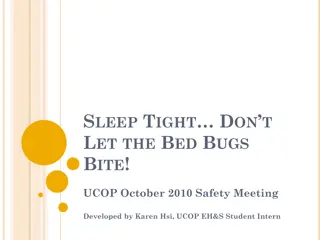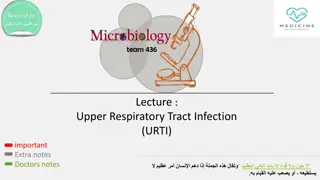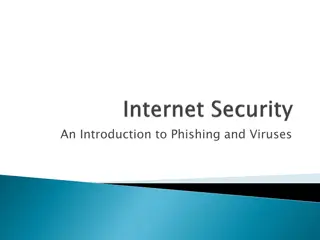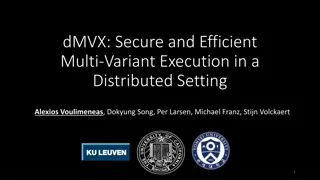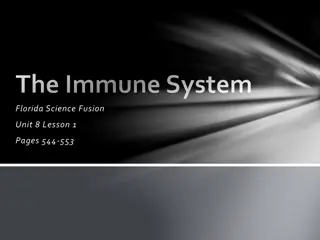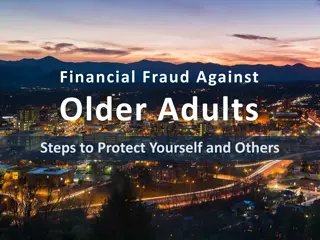Protect Against Pertussis
Pertussis (whooping cough) and its symptoms, as well as the importance of vaccination. Protect yourself and your loved ones from this contagious disease.
Download Presentation

Please find below an Image/Link to download the presentation.
The content on the website is provided AS IS for your information and personal use only. It may not be sold, licensed, or shared on other websites without obtaining consent from the author.If you encounter any issues during the download, it is possible that the publisher has removed the file from their server.
You are allowed to download the files provided on this website for personal or commercial use, subject to the condition that they are used lawfully. All files are the property of their respective owners.
The content on the website is provided AS IS for your information and personal use only. It may not be sold, licensed, or shared on other websites without obtaining consent from the author.
E N D
Presentation Transcript
Have you ever heard anyone cough with pertussis? It is not just a minor illness. Pertussis can be serious and often requires hospitalization for infants. Click on the following link to hear the sounds of pertussis: http://soundsofpertussis.org/.
Pertussis (whooping cough) is a very contagious disease that is spread by coughing or sneezing while in close contact with others. It is one of the most common vaccine-preventable diseases in the United States and affects all age groups from infants to adults. Many infants with pertussis are infected by siblings, parents or other caregivers who might not even know they have pertussis.
Early symptoms Early symptoms start mild, similar to a common cold runny nose sneezing low or no fever mild cough After 1 months. Bad coughing attacks can lead to: vomiting a red or blue face a whoop sound After 1- -2 weeks 2 weeks symptoms can get worse fast and can last for problems breathing extreme tiredness sweating spells Symptoms in infants are different months of age often do not have a cough. In the early stages, infants may: gasp or gag stop breathing Symptoms in infants are different - - infants younger than six get very tired have seizures
Protection from the pertussis vaccine you received as a child provides little to no protection five to ten years after the last dose. Babies often catch the illness from a family member or other caregiver. Pertussis is most severe for infants. More than half of infants (under one year of age) are hospitalized. 1 in 5 infants with pertussis get pneumonia. Infants with pertussis can develop convulsions or uncontrolled shaking.
The diphtheria, tetanus, pertussis (DTaP) vaccine is recommended for infants, beginning at two months of age. Age 2 months 4 months 6 months 15-18 months 4-6 years Age Dose 1st 2nd 3rd 4th Dose Children should have four to five doses of the DTaP vaccine by the time they enter kindergarten. 5th To get the best protection, all five doses of DTaP should be given on time according to the recommended immunization schedule for children.
The tetanus, diphtheria, pertussis (Tdap) vaccine is recommended for adolescents at 11-12 years of age. A single dose of Tdap vaccine is also recommended for adults up to 64 years of age who have close contact with infants less than 12 months of age to reduce the risk for spreading pertussis and to prevent the disease in others. Adults who should get Tdap vaccine: Parents Grandparents Child care providers Health care workers Women who are planning to become pregnant
Are you planning on becoming pregnant? currently pregnant? Talk to your doctor about getting the Tdap vaccine. Don t risk spreading this disease to your baby. All people around your baby should be vaccinated with Tdap (siblings, grandparents, aunts, uncles, nannies, caregivers, childcare staff, etc).
Getting sick with pertussis means time off from child care, school, work, social events and increased doctor s visits and medical care costs. While the pertussis vaccine is highly effective, no vaccine is 100% effective. If pertussis is circulating in the community, there is still a chance that a vaccinated person of any age can catch this very contagious disease and spread it to others. If a vaccinated person gets pertussis, the infection is usually less severe.
Utah Department of Health Immunization Hotline 1-800-275-0659 Immunization Program 801-538-9450 Bureau of Epidemiology 801-538-6191 Centers for Disease Control and Prevention http://www.cdc.gov/vaccines/vpd-vac/pertussis/default.htm California materials for pertussis: http://eziz.org/resources/materials_pertussis.html
